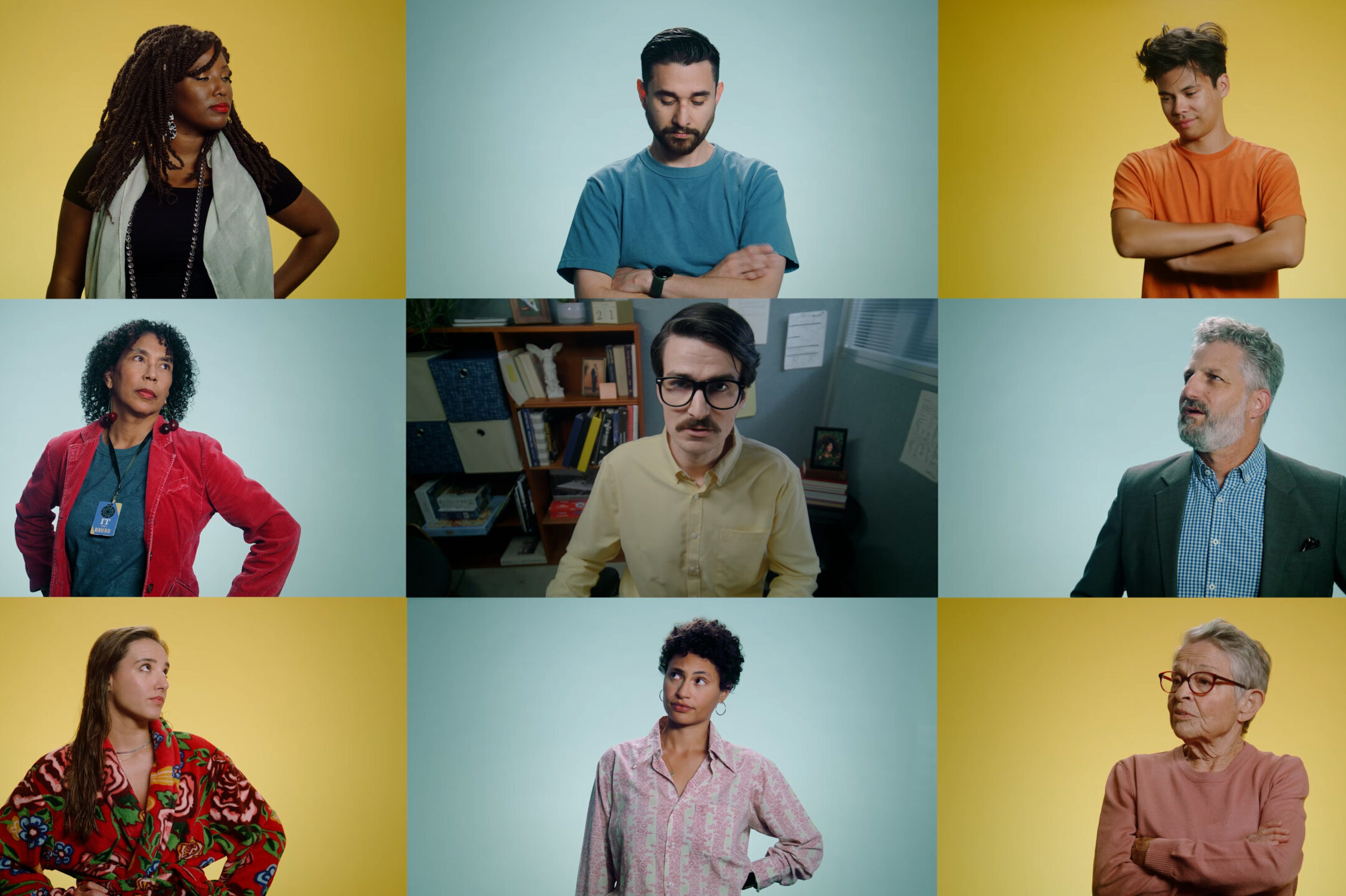For over a decade, the Aspen Institute Communications & Society Program has explored and addressed issues faced by the profession and industry of journalism. The conversations continue to evolve from promises of virtual reality to the challenges of multi-platform distribution channels. Now the total workforce of journalists in legacy and digital outlets has fallen by 40 percent. Meanwhile, the lack of diversity in newsrooms has made the product irrelevant to large swaths of the US population.
Given the current landscape, journalists around the country are asking: How do we sustain the journalism needed for our democracy? Over the past year, the C&S program and participants from the Aspen Institute Dialogue on the Future of Journalism explored answers to this question. Specifically, the discourse calls into question issues of trust, objectivity and the role of journalism in a democracy. We recognize that the symptoms for journalism’s further decline have long been present. Yet, now, there is a new sense of urgency to re-establish journalism as a necessary component to a good society.
Below are highlights from our latest report. The full report can be found at the Future of Journalism.
Journalism as innovator
The digital revolution has created a fertile field more media start-ups looking to compete with legacy newsrooms. The internet has forced the news industry to adapt and change leading to the incorporation of technologies such as virtual reality and artificial intelligence. Immersive technologies like 360 video allow for greater trust and engagement with the audience. This can also be achieved through more basic digital tools such as annotating and fact-checking speeches. These invite readers to provide the analysis themselves.
The new forms of journalism
According the the report, 70 percent of the world’s population currently uses a mobile phone. In four years, that number will rise to 80 percent. Mobile technology presents new opportunities for the dissemination of public knowledge. For example, podcasts have emerged as a new commercial and content frontier for media companies.
While some outlets have turned to automation to generate stories about corporate earnings and sports game results, the need for analysis and context means journalists cannot be totally replaced by machines.
The age of networks
Today, 85 cents of every dollar of ad spending is going to Facebook and Google. Social media is no longer just a marketing tool; it is a place where audiences go to consume content. The way media is consumed on these networks shapes how the content is produced. A reader’s attention must be captured in a matter of seconds.
Although greater numbers of Americans are getting their news from places like Facebook, content publishers lack access to audience data. This is because sites like Google, Apple, and Facebook do not provide personally identifiable information about users to third parties. In order to better understand who is consuming their products, media organizations will need to create mutually beneficial relationships with these platforms.
The changing nature of journalism
Both social media platforms and newsrooms are still learning how to deal with fake news. Yet research has shown that media cannot tell people what to think, only what to think about. There will always be people who do not believe any news they read because of either the liberal bias or corporate control of media. Rebuilding trust and relevance will require transparency, quality, and fairness.
Building trust also involves expanding minority representation in legacy newspaper and digital newsrooms. The Trust Project found that people are more likely to have confidence in reporting from people they related to. News organizations must also break free from their ivory-tower mentalities and engage communities of all backgrounds. This will require experimenting and building new partnerships.
Economic models of modern journalism
The biggest crisis in the journalism industry is local news. While there are plenty of people covering the White House, there are not enough reporting from rural and suburban areas around American cities. This is an issue as democracy is supported by the diversity of local media. To survive, media businesses should diversify their revenue strategies by looking into options such as digital services, live events, micropayments, and curation platforms.
Recommendations
In light of these challenges, the Dialogue offers the following recommendations:
- Create national laboratories for journalism: These laboratories would focus on creating collaboration among new organizations and engage local communities in public issues that are critical to their future.
- Hold an annual Future of Journalism convening: To expand the Dialogue, a national convening could continue to work on recommendations and to tackle long-term challenges. This gathering spot would bring together innovative thinkers, doers and researchers across many disciplines.
- Invest in human capital: Continued progress is needed in a number of areas including diversity in race, ethnicity, class and life experience. Journalists also need a greater command of technology and data.
- Build an Internet of Civic Things: Citizens should be equipped with the information and tools needed to self-govern in a democratic republic. This starts with universal free broadband access to public information.
The future of journalism has reached an impasse. As questions about truth, objectivity, fake news, and misinformation continue to circulate; it is evident that a larger conversation must take place in order to make progress. The above recommendations are merely a starting point.
The C&S program is dedicated to engaging further in these discussions as it is vital for our democracy. Please check back here for more information in the near future and or connect with us on Twitter and Facebook for the latest.

